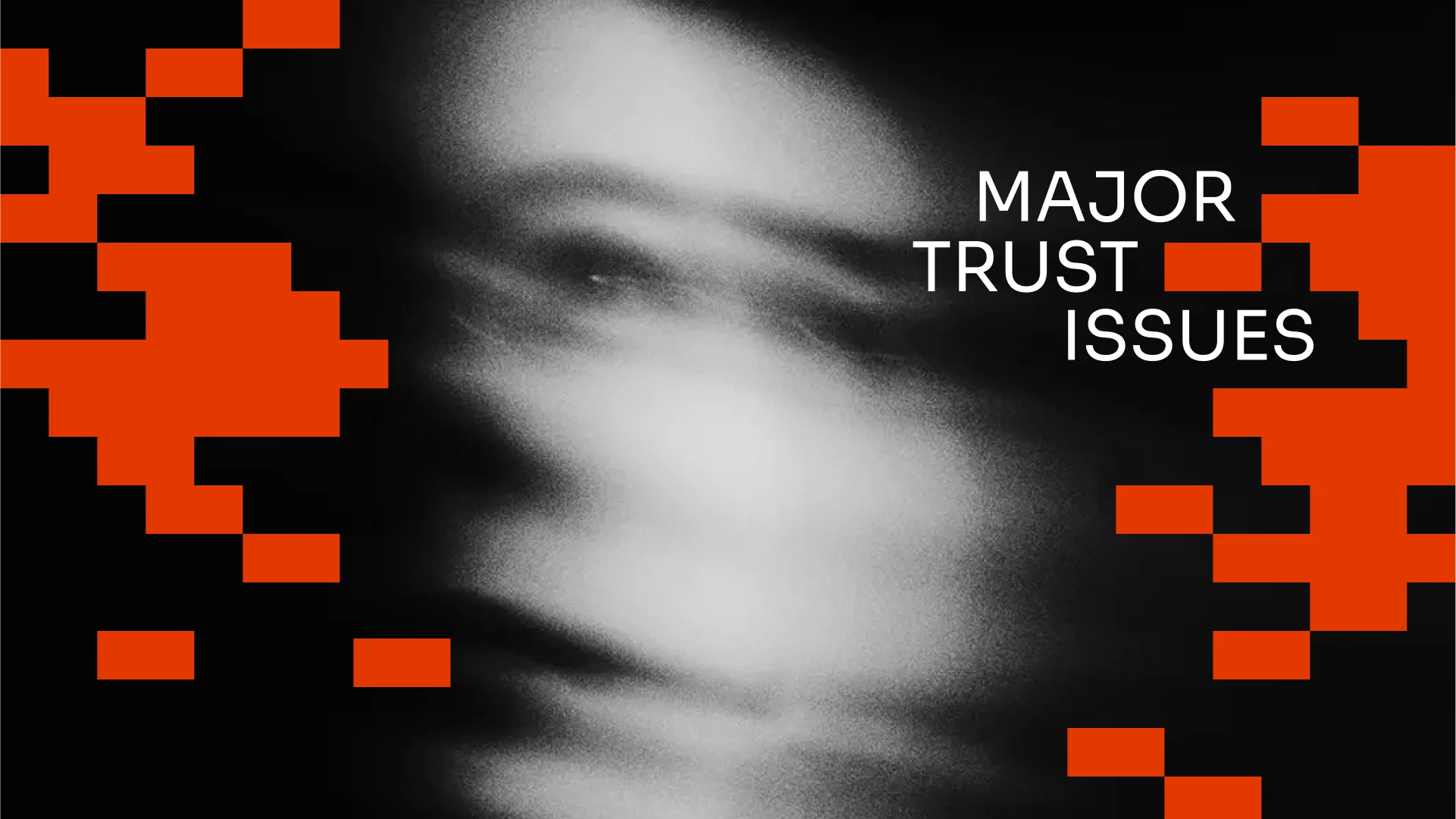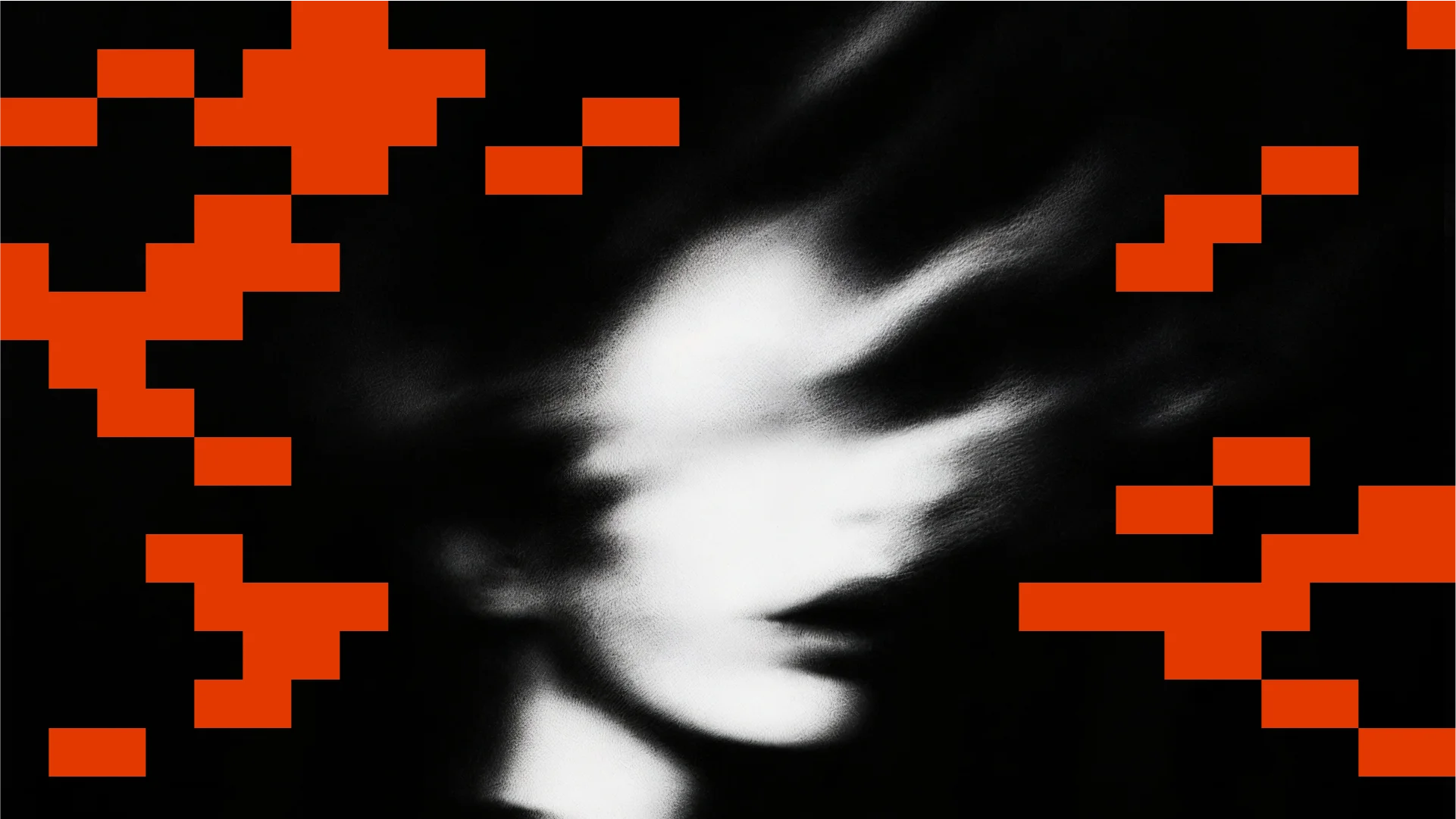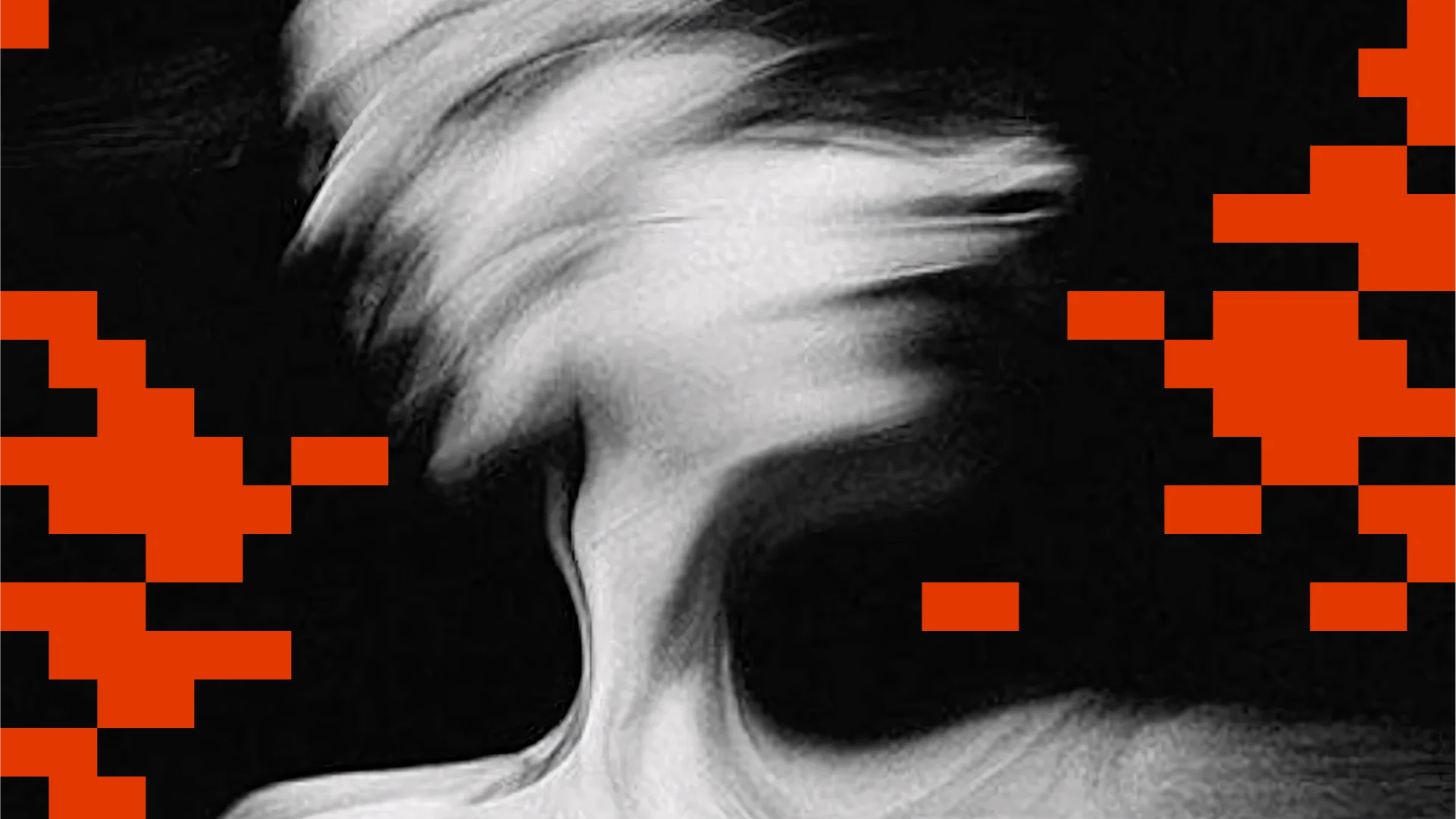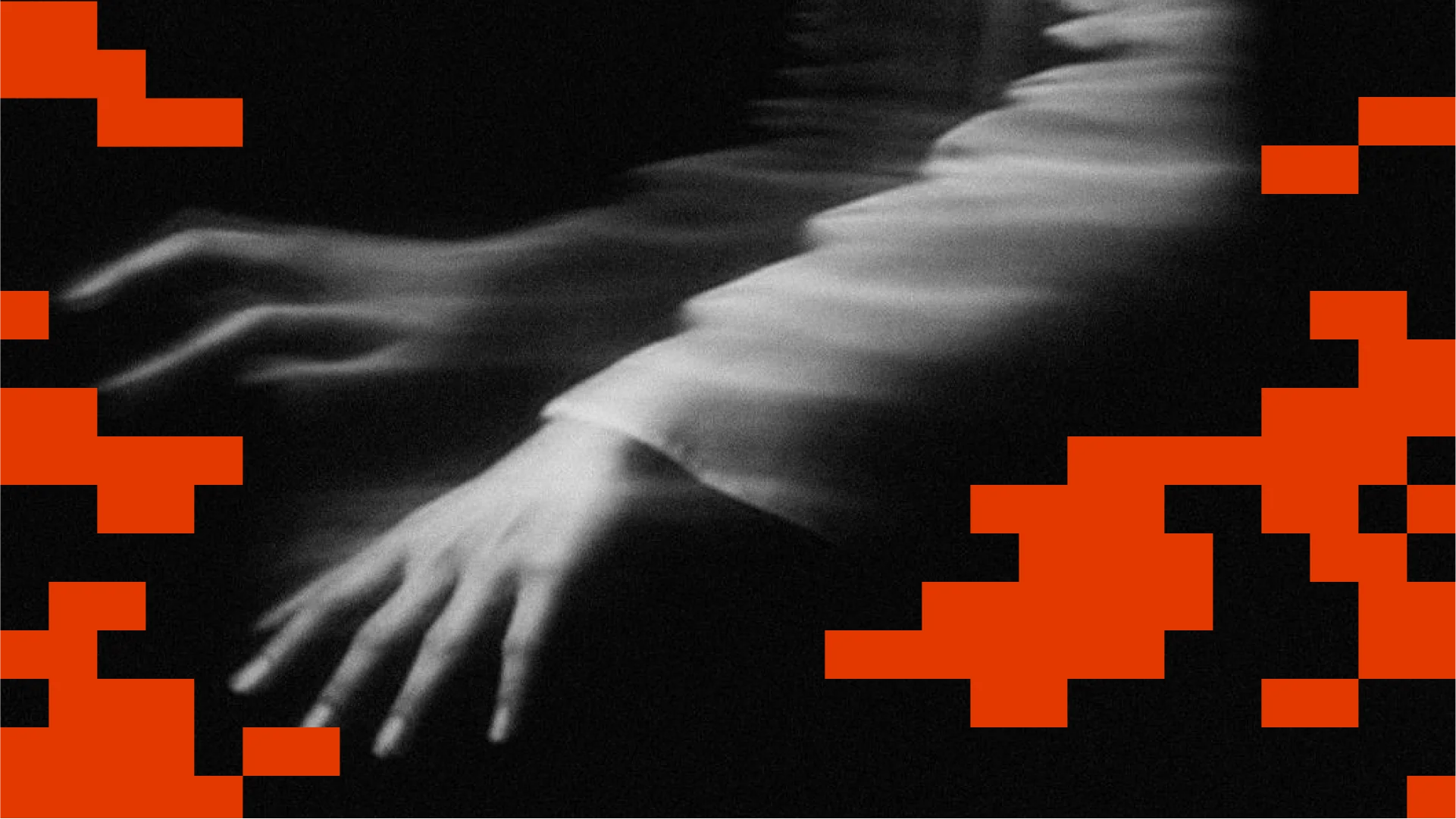For The Curious,
The Bold,
The Becoming.

What is Carbon Cohort?
Carbon Cohort is Studio Carbon’s annual 6-month design internship program, launched to discover and nurture emerging design talent.
Each year, the Cohort revolves around a theme that challenges young designers to think beyond today and imagine what design can do for tomorrow. Through mentorship, collaboration and real-world projects, participants get to learn, make and shape the future of design.

Work on live client projects across diverse sectors and systems
Pursue self-initiated, exploratory projects that excite you
And most importantly, build a bold and thoughtful design philosophy

Who is this for?
looking for a Graduation Project
ready to step into the profession
looking for real-world experience
Why should you apply?
Every design begins with curiosity. The urge to question how things are and imagine how they could be. The Carbon Cohort is built on that same spirit. If you are looking for a space to slow down, think deeply and flex your design muscles, this is it!
There are many benefits to the cohort program:
Application
- Work on speculative, futuristic briefs you won’t find elsewhere.
- Add your submission work to your design portfolio.
- Connect with emerging designers across India.
Shortlist
- Get personal feedback from Studio Carbon’s design leads.
- Top entries featured on our social media.
- Receive a Certificate of Appreciation (digital).
Selection
- Work on live projects or self-initiated explorations.
- Learn from mentors and interdisciplinary teams.
- Earn a stipend of ₹15,000–₹30,000/month.
Completion
- Chance to join the team as a full-time Carbon.
- Incubate your own idea through Carbon Ventures.
- Join the Carbon Network of designers and cohort alumni.
Cohort Stories
How to apply?

Today, we live in the Post-Truth Era. A time when facts feel optional and reality, negotiable. Our news feeds, conversations and screens are overflowing with information, but are scarce in truth. Everyday, we scroll through a blur of headlines, opinions and interpretations, unsure whom or what to believe in.
Media no longer reports, but curates. Narratives bend facts to suit ideologies. Algorithms decide what truths reach whom. In such an era, science, history and journalism, our once trusted pillars of evidence, now compete with hearsay, propaganda and half-truths.
Generative AI has accelerated this confusion, granting everyone the power to turn cold, hard truths into convenient, editable fiction. So when history can be reimagined and reality itself can be redesigned, where does that leave truth?
The Carbon Cohort 2025 Design Challenge aims to tackle this ever relevant and complex issue. As designers, we sit at the very crossroads of where perception is shaped, where stories are told and where reality is framed. Design is not neutral. It influences how we see things, what we believe in and what we choose to ignore. That makes design an essential actor in the fight for truth.
With this year’s theme, The Future of Truth, we want emerging designers to:
- Explore the intersection of ethics, technology and storytelling.
- Critically think about how truth feels and endures in the 21st century.
- Propose products, prototypes and provocations that re-anchor us to reality.
To explore this theme, we have divided the challenge into three open tracks, each addressing a different layer of the problem.
Pick one of the following tracks and respond to it through Industrial Design, Communication Design or UI/UX Design.
Track 01
Interpretation of Truth
not as it is, but as we are”
Our understanding of truth begins at the moment of contact. A post, a headline, a conversation, a claim.
Everyday, we are exposed to content that claims to represent reality. But how do we know if it truly does? From news headlines to AI-generated imagery, from data visualizations to viral videos, our senses are constantly challenged.
This track explores how context and personal biases shape what we choose to believe and what we dismiss. It examines our first encounter with truth.

Your task:
Design a solution that enables us to distinguish facts from fiction, detect misinformation as well as objective truth at the point of contact.
Track 02
Distribution of Truth
Even when truth exists, it rarely travels intact.
As it moves through channels, from social media and conversations to cinema, it bends, fragments and dilutes. Each platform adding its own spin, rhythm and narrative. Is it possible to design channels such that truth doesn’t get lost in translation?
This track explores how truth can be communicated without bias, distortion or agenda. It invites you to consider the design of communication itself: How messages are framed, translated and amplified. How trust can be built in an attention-driven world.

Your task:
Design a solution that enables us to share unaltered truth with the world in a credible and clear manner.
Track 03
Preservation of Truth
How do we trust our collective memory in a world where archives can be edited infinitely?
We rely on multiple sources of documentation systems to remember. From libraries and archives to museums and servers. Yet, memory itself is fragile, mutable and selective. What does permanence look like, when news, reports and even history can be revised?
This track explores how societies can document and safeguard truth over time. It focuses on the mechanics of verification, the ethics of storage and the role of collective trust in maintaining an undeniable source of truth.

Your task:
Design a solution that enables us to record facts and events in a tamper-proof manner, that can prove as a single source of truth for future verification.





